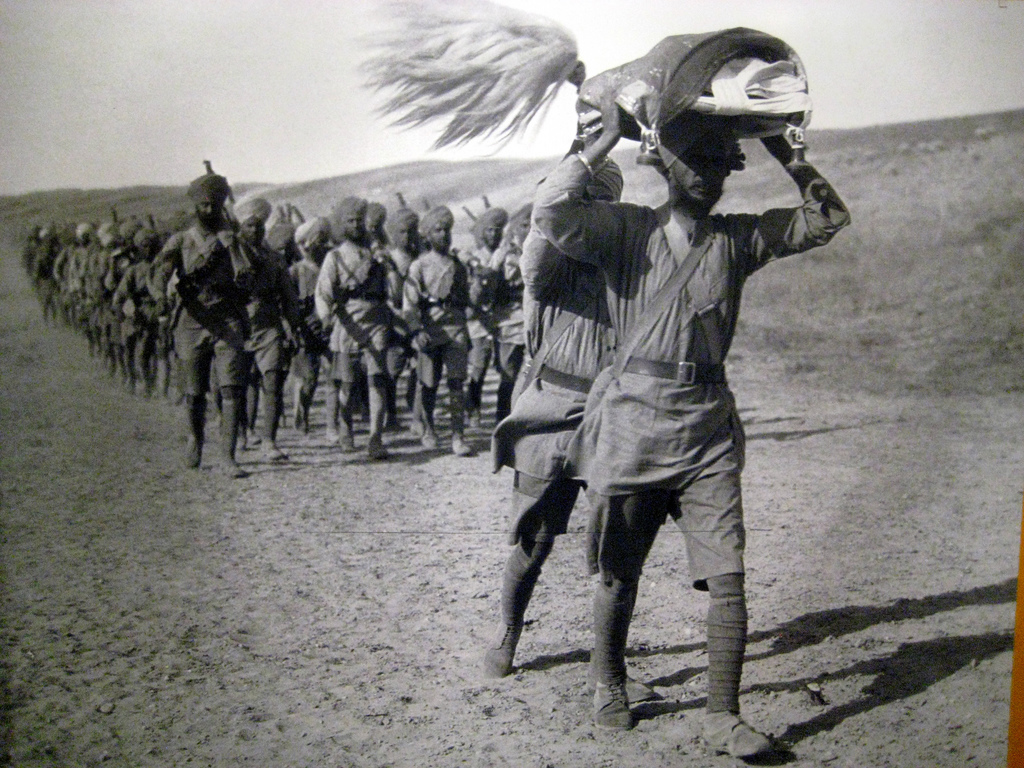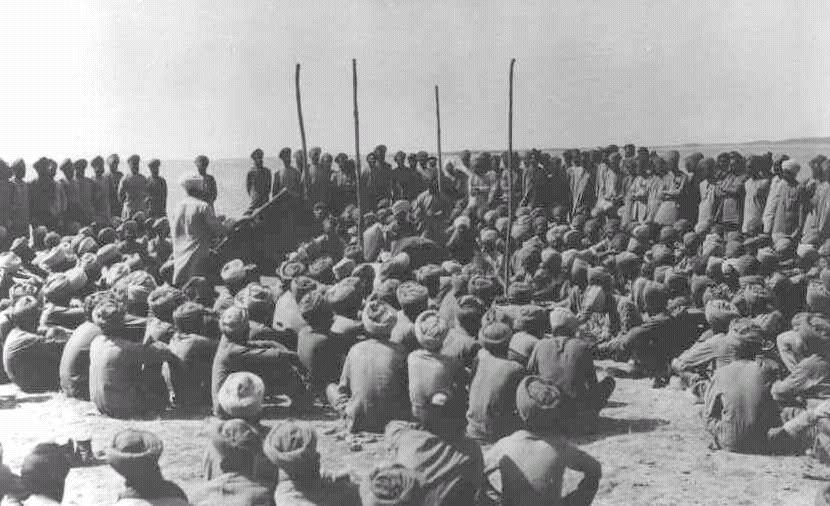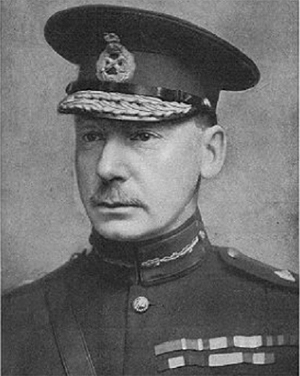An “Effortless” Campaign?
Now Supply Lines Over Stretched, Reinforcements Needed.
Special to The Great War Project
(2-4 September) The British campaign in Mesopotamia (today’s Iraq) is proving, so far, to be one of the few bright spots for the British, at this moment in the war, a century ago.
With little resistance, the British steam up the Persian Gulf, seize Basra, the main city near the Gulf, and push north.
British forces defeat the Ottoman defenders at Nasiriya, and towns south in the lower Euphrates. The British are aided by anti-Turkish uprisings in the Shi-ite cities of Najaf and Karbala.
In response, “the Ottomans formed a new army,” writes historian Michael Neiberg, “to hold the British in lower Mesopotamia.”
The Ottoman ally, Germany “sent an experienced general to command the force.”
But the German has far bigger goals in mind. “He envisioned pushing the British forces out of Mesopotamia, then invading Persia and possibly India.”
Neiberg points out that none of the belligerent powers see Iraq as the primary theater of war. Still “they all saw the advantages of a campaign there. Mesopotamia had a vital geographic location, sitting close to the Persian Gulf, Arabia, Persia and India.”
The British Anglo-Persian Oil Company also eyes oil extraction in the region, “at a time when militaries and civilian economies alike were becoming more dependent on oil.”
“The British also saw a value in increasing their prestige among the Sunni and Shia Muslims of the region, most of whom had only nominally accepted Ottoman [rule] in the area.”
The next target of the British offensive is Kut, on the Tigris River. But now the British offensive must face some hard realities. The further north of Basra, the longer the British must stretch their supply lines. And the British need reinforcements.
Nevertheless, on the scene the British commander argues that despite these shortcomings, the combined British and Indian armies can take Kut. “The Turkish army in Iraq was in disarray after a string of battlefield defeats,” argues the commanding general, Sir John Nixon. “The Anglo-Indian troops had gained in experience and won the self-confidence that came with repeated victories.”
Nixon acknowledges that his troops must recover from fever and disease, a perennial problem in this region of the world. But he is confident “that his soldiers could resume their seemingly unstoppable advance up the Tigris,” writes historian Eugene Rogan.
According to Rogan, Nixon proposes, “waiting until September 1915 to launch the assault on Kut,” the next stage of the Mesopotamia campaign.
This stage, reports historian Rogan, “will be led by General Charles Townshend. He has easily defeated the Turks at the town of Amara,” — “effortlessly” in the view of some commanders.
“Yet Townshend had grave reservations about extending British lines,” writes Rogan.
“Where are we going to stop in Mesopotamia?” Townshend wonders.
“His concerns were well founded,” observes Rogan. “After nearly a year in Mesopotamia. the Indian army needed reinforcements, and Townshend worried about his supply lines as British forces advanced deeper into the region.”
Transport is a key problem. “Doubling the length of the supply line from Basra without adequate transport would place the entire expeditionary force at risk,” according to Rogan.
At the same time, the Ottomans appoint a new general, said to be “exceptionally talented,” to block the British campaign and defend the ultimate British goal – Baghdad.
“A dangerous new dynamic was transforming the Mesopotamian front to Britain’s disadvantage. Ottoman numbers were expanding while British forces were being progressively depleted.”



